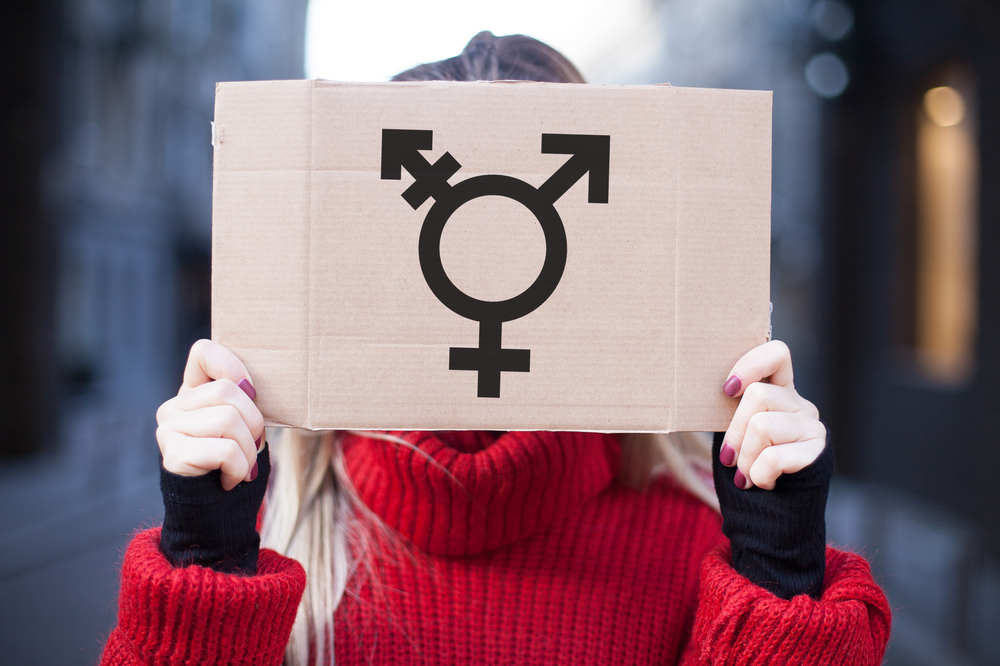The term gender dysphoria “is defined by strong, persistent feelings of identification with another gender and discomfort with one’s own assigned gender and sex; to qualify for a diagnosis of gender dysphoria, these feelings must cause significant distress or impairment.” (Psychology Today, 2019)
Gender dysphoria as you can imagine can be challenging for the individual going through it and also the individuals family and peers. It is common for people who suffer from gender dysphoria to feel isolated and depressed, because of how misunderstood they feel.
Common signs of gender dysphoria in children, adolescents, and adults can be:
- A strong desire to be of the other gender
- A strong desire to be treated as the other gender
- A firm conviction that one has the typical feelings and reactions of the other gender
- Identifying more with the other gender
- Strong rejection activities usual of one’s assigned gender
- A strong dislike of one’s sexual anatomy
- A strong desire for the physical sex characteristics that match one’s experienced gender
Those who suffer from gender dysphoria use a variety of treatments to help ease their symptoms. According to WebMD, “the goal is not to change how the person feels about his or her gender. Instead, the goal is to deal with the distress that may come with those feelings.” (WebMD, 2018)
Many people work through feelings of dysphoria with the help of a trained therapist or counselor. Individuals who wish to take hormones and/or pursue surgery to align physical characteristics with their gender better may find feelings of dysphoria begin to ease as they take these steps. These steps are offered after a year of therapy after making sure this is the best route. Some may merely live as their true gender without hormones or surgery.
Many individuals legally change their name and gender marker to reflect their true gender, and for many individuals, it may be the case that being socially recognized as a member of their actual gender and being addressed by the correct pronouns helps to ease feelings of dysphoria.
References:
American Psychiatric Association, Diagnostic and Statistical Manual of Mental Disorders, Fifth Edition
National Institutes of Health—National Library of Medicine
“Gender Dysphoria.” Psychology Today, Sussex Publishers, www.psychologytoday.com/us/conditions/gender-dysphoria.
“Gender Dysphoria: Symptoms, Diagnosis, Treatment.” WebMD, WebMD, www.webmd.com/sex/gender-dysphoria.
If you think that you or your child might be struggling with symptoms of gender dysphoria, please contact us at 469-714-0006 or by emailing info@exulthealthcare.com. We offer compassionate services for all ages and are committed to your emotional health.
Written by Aly Bowles – Social Media Coordinator


